Cape Verde is a beautiful archipelago located off the coast of West Africa, comprising ten volcanic islands brimming with history, culture, and natural beauty.
The country is a unique blend of African, Portuguese, and Brazilian influences that have shaped its cuisine, music, and traditions.
Cape Verde boasts of stunning beaches, rugged landscapes, and a warm tropical climate that attracts tourists from around the world.
The country has a fascinating history, having been a former Portuguese colony until it gained independence in 1975. Today, Cape Verde is a democratic republic with a multi-ethnic and multi-cultural population, making it a melting pot of diverse customs and traditions.
Cape Verdean dishes are a delightful blend of African, Portuguese, and Brazilian flavors, reflecting the country’s unique cultural heritage.
If you’re planning to visit this beautiful archipelago, you should endeavor to try some of these Cape Verdean dishes. In this article, we’ll introduce you to 12 Cape Verdean dishes that you absolutely must try. From seafood stews to meaty casseroles, Cape Verdean cuisine will tantalize your taste buds and leave you craving more.
Cape Verdean dishes are heavily influenced by the country’s history, geography, and climate. The country’s location in the middle of the Atlantic has led to the development of a cuisine that relies heavily on fresh seafood, which is abundant in the surrounding waters.
The Portuguese influence can be seen in the use of spices and herbs, while Brazilian influence is evident in the use of beans, stews, and casseroles.
Cape Verdean cuisine also has its unique dishes, such as the national dish of Cachupa, a hearty stew made with beans, corn, and various meats.
Whether you’re a foodie or just looking to sample some of the local cuisine, Cape Verde offers a variety of dishes that are sure to satisfy your taste buds. In the next section, we’ll introduce you to 12 Cape Verdean dishes that are a must-try during your visit.
- Cuscus
- Cachupa
- Cachupa refogada
- Morreia (fried moray eel)
- Canja
- Pudim de leite (milk pudding)
- Xerém
- Pastel
- Caldo de peixe
- Grogue
- Feijoada
- Modje
1. Cuscus
Cuscus is an exceptional Cape Verdean breakfast dish that is primarily composed of corn flour or mandioca (yuca) flour.

The corn variety also includes sugar, cornmeal, and mandioca starch, also known as tapioca starch, while some people opt to add a pinch of cinnamon for a hint of flavor.
To prepare the dish, the dry ingredients are moistened with water and steamed in a traditional Cape Verdean clay pot known as a “binde.”
The cuscus is then steamed on the stove top and served for breakfast with a variety of accompaniments such as butter, honey, or milk. It’s a unique and delicious breakfast option that’s sure to satisfy your taste buds and give you a taste of Cape Verdean cuisine.
2. Cachupa
Cachupa is a beloved Cape Verdean dish that holds the honor of being the country’s national dish. It’s a hearty stew that’s prepared with a mixture of dried corn, beans, cured meat, and root vegetables.

While some versions of cachupa are thicker and heartier, others may have a more brothy consistency. This delicious stew is a popular choice for gatherings and special occasions, as it yields a generous amount that can easily feed a large group of people.
Cachupa is a staple of Cape Verdean cuisine, and it’s a must-try dish for anyone looking to experience the country’s rich culinary traditions.
3. Cachupa refogada
Cachupa refogada, also called Cachupa guisada, is a unique breakfast variation of the classic Cape Verdean dish, cachupa.
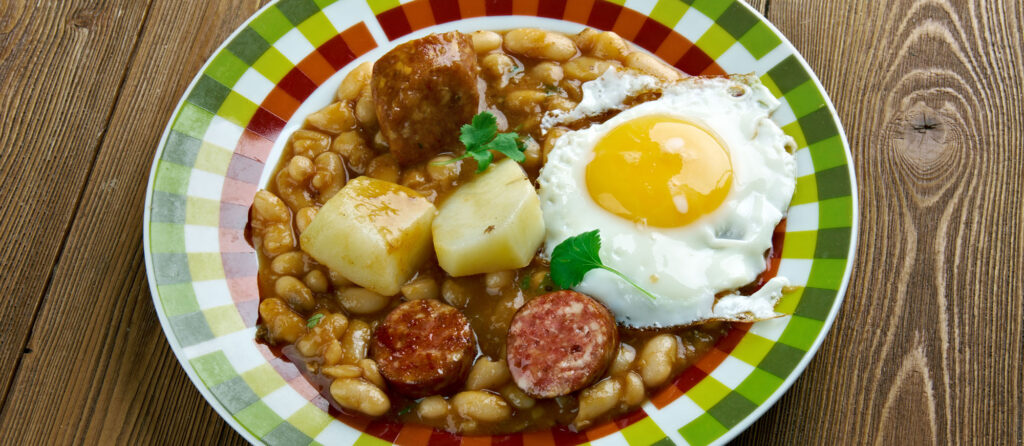
This delicious breakfast dish is made by reheating leftover cachupa in a hot skillet after draining the excess moisture. To complete this signature dish, a fried egg is served on top, adding an extra layer of flavor and texture.
Cachupa refogada is a beloved breakfast option in Cape Verde, offering a tasty and convenient way to use up any leftover cachupa from the previous day’s meal.
4. Morreia (fried moray eel)
Morreia is a delectable Cape Verdean dish that features eel as its main ingredient. The eel is first brined and then cut into small pieces before being fried to a crunchy texture.
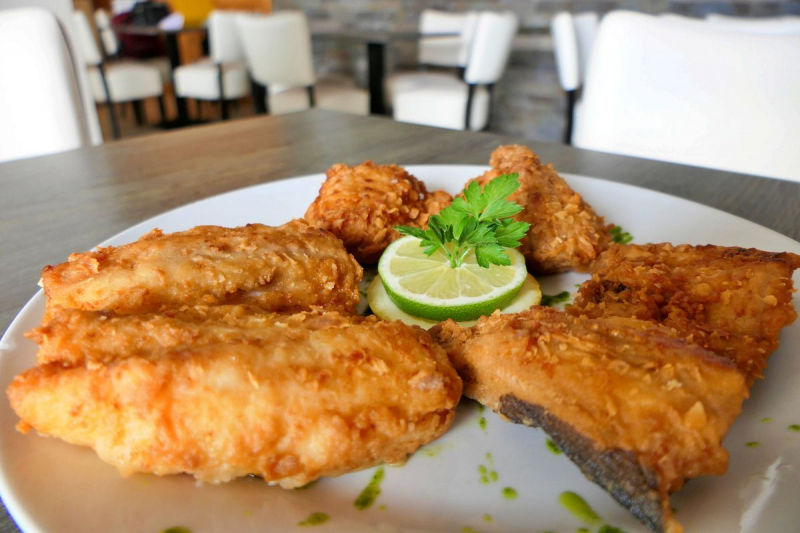
The recipe for Morreia typically calls for a variety of flavorful ingredients, such as salt, bay leaf, chopped garlic, ground black pepper, lemon juice, hot sauce, and vinegar, to enhance its taste and aroma.
With its unique combination of briny, crunchy, and spicy flavors, Morreia is a popular dish among seafood lovers and a must-try for anyone looking to experience the diverse and vibrant Cape Verdean cuisine.
5. Canja
Canja, the famous Cape Verdean chicken soup, is widely regarded as the ultimate comfort food of the country. Made with chicken, rice, and simple seasonings, Canja is a rich and flavorful dish that warms the heart and soul.
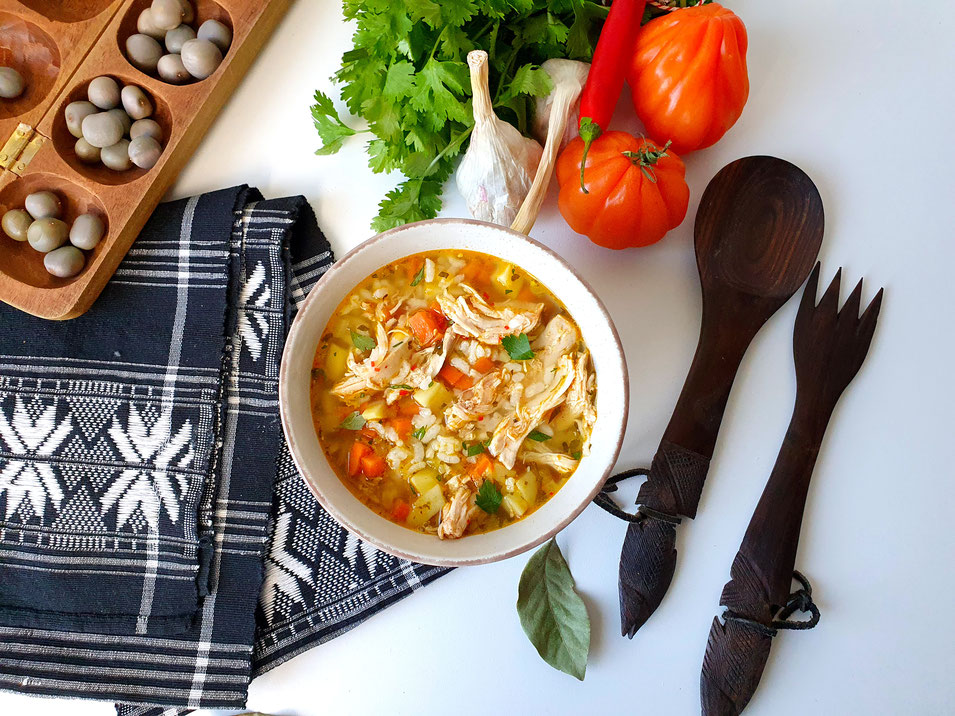
In some versions, diced carrots and potatoes are added for an extra burst of flavor and texture. Due to its nourishing properties, Canja is often associated with feelings of nostalgia and comfort, making it the go-to dish for somber occasions or when someone is feeling under the weather.
However, it can be enjoyed on any occasion as it’s a versatile and delicious meal that’s sure to satisfy your cravings.
6. Pudim de leite (milk pudding)
Pudim de leite is a delightful dessert that is enjoyed across Cape Verde. Made from a blend of milk, vanilla essence, egg yolks, egg whites, sugar, and lemon zest, this dessert has a texture similar to the Spanish flan and is topped with caramel for a sweet finish.
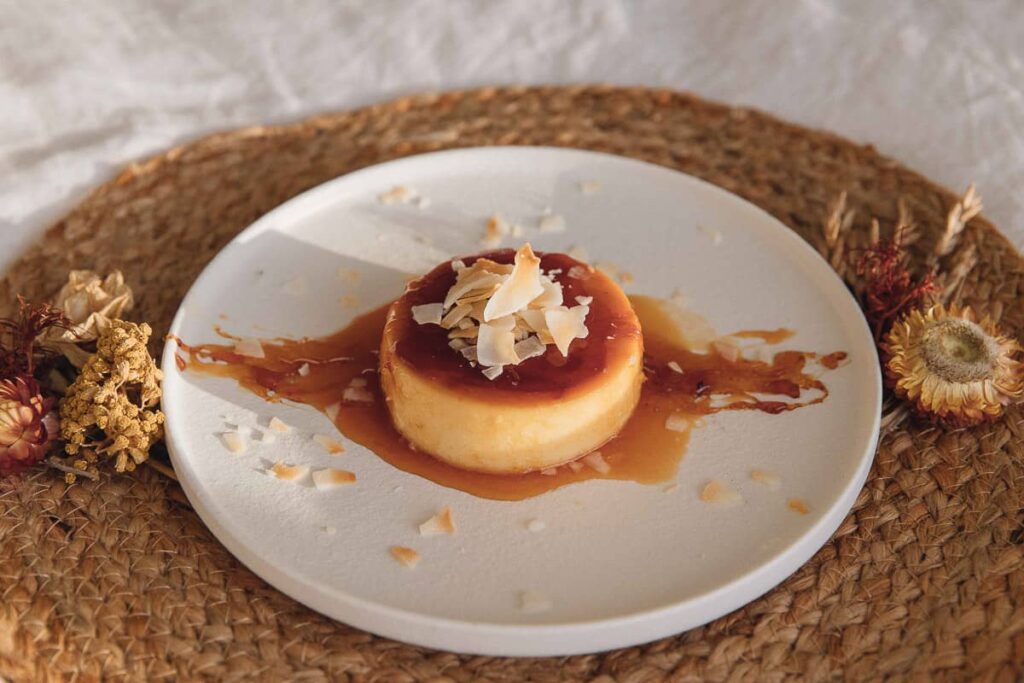
This delectable treat is best served cold, and it’s no surprise that it’s one of the most beloved desserts in the country. Whether you’re enjoying it at a fancy restaurant or at home, pudim de leite is sure to satisfy your sweet tooth and leave you wanting more.
7. Xerém
Xerém is a savory dish that is popular in Cape Verde, Portugal, and Brazil. Originally from Portugal, this dish is made by combining corn flour with water, salt, butter, and bay leaves.
While it is a savory substitute for sweet cuscus, each country has its own unique way of preparing the dish, which adds to its diverse flavors and textures.
In Cape Verde, the most widely consumed version of xerém is xerém de festa. This delicious dish is made by combining pork, bay leaves, onions, fat, beans, spices, and tomatoes, resulting in a rich and flavorful meal that is often served at festivals and important occasions.
With so many variations and regional specialties, xerém is a dish that is cherished by many and enjoyed in various ways across the globe.
8. Pastel
If you’re looking for delicious and popular Cape Verdean finger food, look no further than pastel! These fried pastries are filled with savory tuna and deep-fried until they are golden brown.

Known locally as pastel com diabo dentro (pastel with the devil inside), this tuna dish is made with garlic and chili. While tuna is the most common filling, other varieties of fish and even meat can be used to make these delectable treats.
Pastel is a perfect example of the unique blend of West African and Portuguese flavors that is characteristic of Cape Verdean cuisine.
9. Caldo de peixe
Caldo de peixe is a traditional fish stew that packs a flavorful punch! Made with saltwater fish, bananas, and root vegetables, this hearty dish uses the entire fish, including the head and tail.
While it may seem simple, don’t be fooled – caldo de peixe is one of the most satisfying and delicious Cape Verdean dishes. What’s more, it’s relatively quick and easy to prepare compared to other traditional Cape Verdean foods. So why not give it a try and experience the flavors of Cape Verde?
10. Grogue
Grogue is a Cape Verdean alcoholic drink, commonly made from distilled sugar cane. It is a popular drink on the islands of Santiago and Santo Antao.
Grogue is not only used for its intoxicating properties but is also valued for its medicinal properties when mixed with herbs like rosemary, common rue, or anise.
Grogue production is traditionally done, resulting in variations in quality and flavor. It is similar to rum, with a distinct taste that is favored by locals and tourists alike. Due to its popularity, Grogue can be found in many bars and restaurants in Cape Verde.
11. Feijoada
Feijoada, a famous Portuguese dish, is a stew made with beans, cured meat and vegetables that is a staple in Cape Verdean cuisine and other Portuguese-speaking countries. The dish is usually served with rice, making it a filling and satisfying meal.
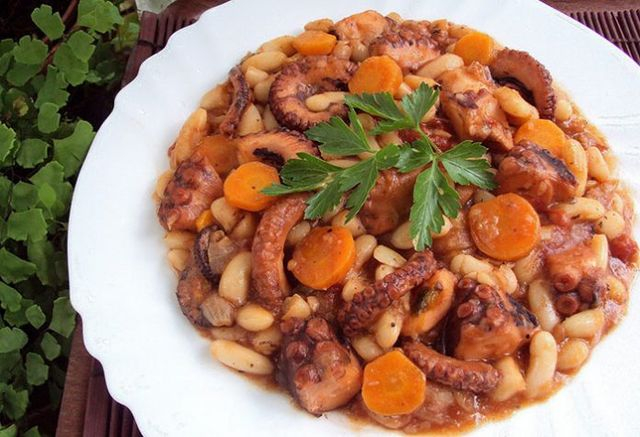
The version of feijoada that is commonly prepared in Cape Verde is made with feijão pedra, also known as rock beans in the U.S. These beans have a unique and delicious smoky flavor, but if they are not available, pinto beans can be used as a substitute.
Also read: 10 Mouth Watering Nigerien Dishes in 2023
12. Modje
Modje is a renowned Cape Verdean dish that is particularly favored on São Nicolau island. This savory stew is typically made using goat meat, along with green bananas, yams, and yucca. It bears a striking resemblance to the Dominican sancocho.
